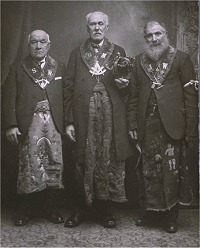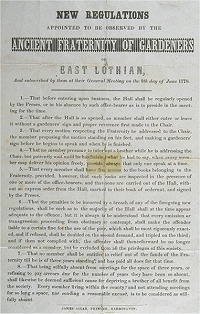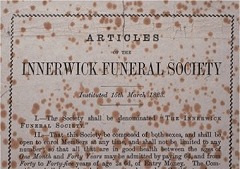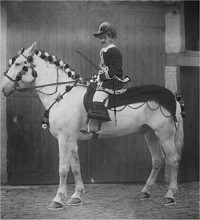Friendly Societies Home | Friendly Societies

Introduction
Was your great-grandfather an Oddfellow? A Druid? A Buffalo? A Shepherd? Was he an Ancient Forester? Or was he a Free Gardener? In 1900 there was a good chance that everyone's great grandfather would have been a member of one of these friendly societies.

This website looks at some of the friendly societies in and around Edinburgh, the Lothians and Fife. There is information about the biggest, most important ones that had millions of members all over the United Kingdom as well as small ones with a few dozen members. We have picked images and documents as examples to show how friendly societies affected everyone living in the towns of the Lothians and Fife. We have gone back in history to look at why friendly societies were important and where they came from.

The earliest kind of mutual benefit organisation were the ancient trade incorporations of Scotland's burghs and, only slightly less old, trades fraternities. The incorporations were monopolistic clubs - only members were allowed to follow any particular trade. The commonest incorporations were trades like baker, butcher, weaver, tailor, shoemaker, stonemason or metalworker. These skills were essential to the good of every town and incorporations were well established by the early 17th century. The members looked after their own in times of need.
Not long after, other trades like carters (road hauliers), gardeners, seamen, and colliers (coalminers) tried to become incorporations. For various reasons they rarely achieved that privileged position. Instead, they had to settle for a constitution as a fraternity, or brotherhood. The difference was the trade monopoly. Without it, fraternities concentrated on keeping members happy by providing good benefits.

As well as incorporations and fraternities most towns (and many villages) had a number of local associations of the kind that by the 18th century were called friendly societies. These were clubs that were run by the members, for the members. Eventually, there were friendly societies everywhere, for many different reasons. The biggest were those that tried to provide sickness benefits and pensions for their members. But they often ran into problems. Friendly societies were in danger of getting a bad name.

The answer was found in the first half of the 19th century. Some friendly societies had begun to open new branches in different towns. As the members' risk was spread in a bigger pool, the societies became stronger and more people joined. Soon affiliated or unity friendly societies, as they were called, were everywhere. They were as much social clubs as welfare clubs. To win new members they had to attract people in a market that was becoming full of affiliated societies. So they all came up with strategies to make themselves interesting and fun.
Friendly Societies Home | Friendly Societies